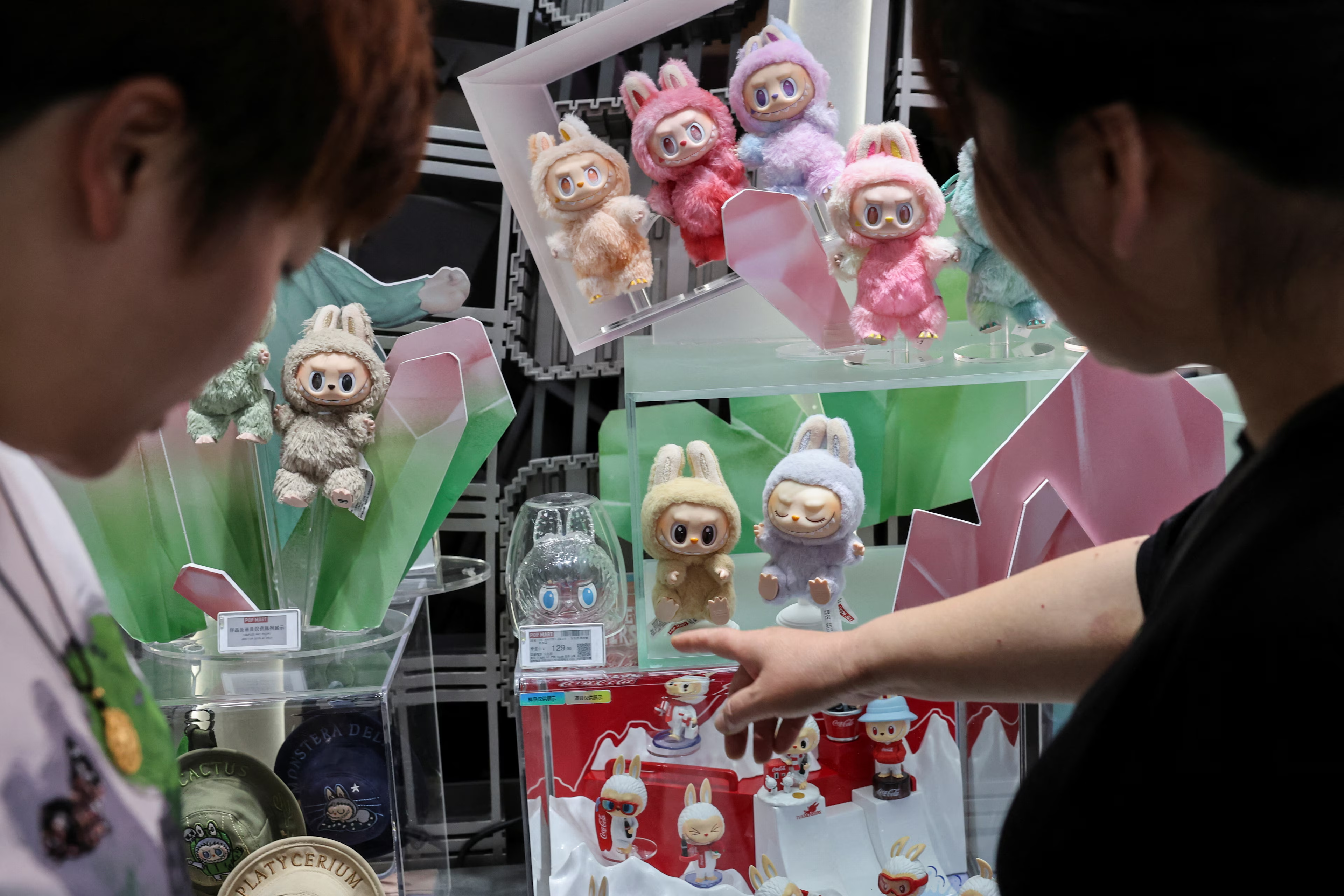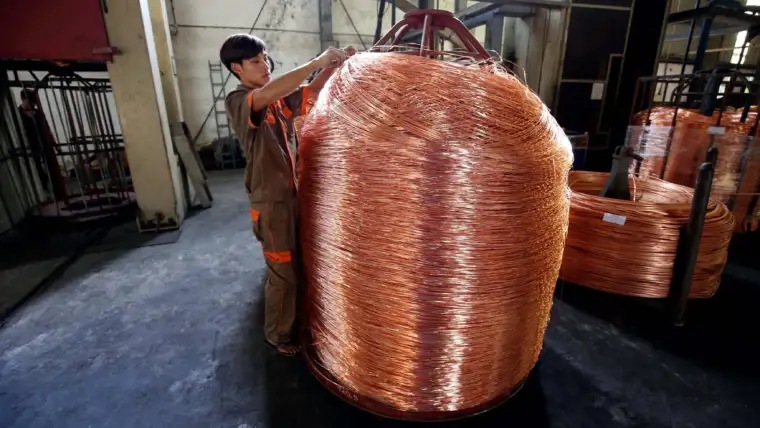The latest Chief Economists’ Outlook notes a striking contrast between cost-of-living trends in China and the US.
We brought together two chief economists, one an expert on China and the other focused on the US, to explain these differing dynamics – including their shared connection and links to the global economy.
세계경제포럼, 2025년 9월 23일 게시, 9월 24일 업데이트
John Letzing
Digital Editor, Economics, World Economic Forum
Philipp Grosskurth
Insight Lead, Economic Growth, Revival and Transformation, World Economic Forum

Anyone visiting China lately is liable to become familiar with the “pig cycle.”
Another interval of heightened pork demand and oversupply has helped push food prices in the country lower, according to ICBC Standard Bank Chief China Economist Jinny Yan, flattening some measures of the cost of living in the process. “You actually feel that in your pockets,” she said.
It’s been a different sensation in the pockets of Americans, said EY Chief Economist Gregory Daco, who is based in New York. A “historical supply shock,” courtesy of a nearly eight-fold increase in that country’s average tariff rate, is starting to push prices for things like furniture, groceries, cars, and clothing higher, he said. “Now you’re seeing rising inflation eating into household income.”
An overriding theme of the latest Chief Economists’ Outlook, the World Economic Forum’s regular pulse check of the global economy, is divergence. Between richer and poorer countries, regional spending priorities, and the inflationary dynamics of the world’s GDP heavyweights. It flags “elevated inflation risks” in the US, and “deflationary challenges” in China “at the opposite extreme.”
How can two globalized economies of similar heft have such contrasting vital signs? In a joint interview, Yan and Daco fleshed out what connects them.
The push-and-pull dynamic they create can impact livelihoods. In the US, where steep tariffs have been erected in part to lessen a reliance on cheap Chinese goods, “businesses are very much in a bind,” Daco said, as they manage their own rising costs while trying to pass as little as possible on to customers. An obvious way to do that is by lowering wages, hiring more selectively, or just “not replacing people that are leaving because of retirement or because they’re switching roles.”
“It’s very interesting,” countered Yan, “what we’re seeing in China is a mirror of exactly what Greg was talking about.” There, efforts are underway to add jobs and boost household income, in ways that juice domestic consumption.

Study in contrasts; chief economist sentiment on the US and China.Image: World Economic Forum
That’s because a lack of consumption has been a major source of China’s deflationary spiral.
“The current narrative in China is very much that deflation is a combination of lack of demand,” said Yan, “as well as oversupply.” An economy designed to make more things than any other is seeking to counterbalance, by buying more things. Particularly now that US tariffs have upset the usual trajectory of its exports.
Have you read?
Yan said Chinese government efforts to boost consumption range from increased welfare spending (patching up a spotty social safety net that encourages people to aggressively save up for retirement or a potential health crisis) to a massive trade-in program.
“Essentially, you give your old items” like a phone, said Yan, “and you get a new one for a very discounted price.” Billions in public funds have been spent on it already, she said, and more may follow soon.
People middle-aged and older are also being encouraged to splash out on things like discounted vacations, Yan said; “The ‘silver economy,’ we hear that more and more often in China.”
Imbalances and accelerated ambition
High inflation can be a measure of momentum. A reflection of an economy in full swing. Other times it can result from less-encouraging developments, like supply shocks.
Daco suggested that in the US, this is one of those other times.
The US administration is attempting to reshore manufacturing activity. Tariffs are a means to achieve that. Pharmaceutical companies, for example, have pledged to spend more than $250 billion on new plants in the country – to avoid paying a portion of every imported drug’s declared value to the government.
But Daco doesn’t think tariffs are a viable way to level things out. “I don’t believe US trade policy is going to alleviate these global imbalances,” because that would require a structural shift in the very nature of the US and mainland-China economies, he said. “Just increasing the cost of doing trade does not do much, except increase the cost of goods and services.”
Have you read?
One thing US tariff policy has achieved, according to Yan: “It’s actually accelerated China’s ambition to broaden and deepen its own trade and investment corridors with other emerging markets.”
59% of those surveyed for the Chief Economists’ Outlook have “high” expectations for inflation the US in the year ahead. Meanwhile 93% have “very low” or “low” expectations for the same in China.
Deflation is a bit like being stuck in a lower gear. It means there’s less money to be made throughout an economy, and less investment being made in vital things like research. Stagnation can set in. Japan endured a few “lost decades” of chronic deflation.
It hasn’t always been an issue in China. In 1994 it was runaway inflation that was declared the government’s top priority, amid a combination of poor harvests and dramatic economic growth (on the flip side, the US experienced its own bout of deflation as recently as the Great Recession in 2009).
Have you read?
Other economies in Asia, like Thailand, Indonesia, and the Philippines, have also experienced modest deflation or disinflation of late. Now it may be further entrenched by US tariffs. That means East and West could continue moving in different directions.
“The imposer of duties generally is the one that sees the most significant inflation shock,” Daco said. “The countries on whom these tariffs are being imposed, assuming they don’t retaliate or don’t retaliate proportionally, generally see a disinflationary effect from the negative demand hit.”
“And I think that’s very much what we’re likely to continue seeing.”

